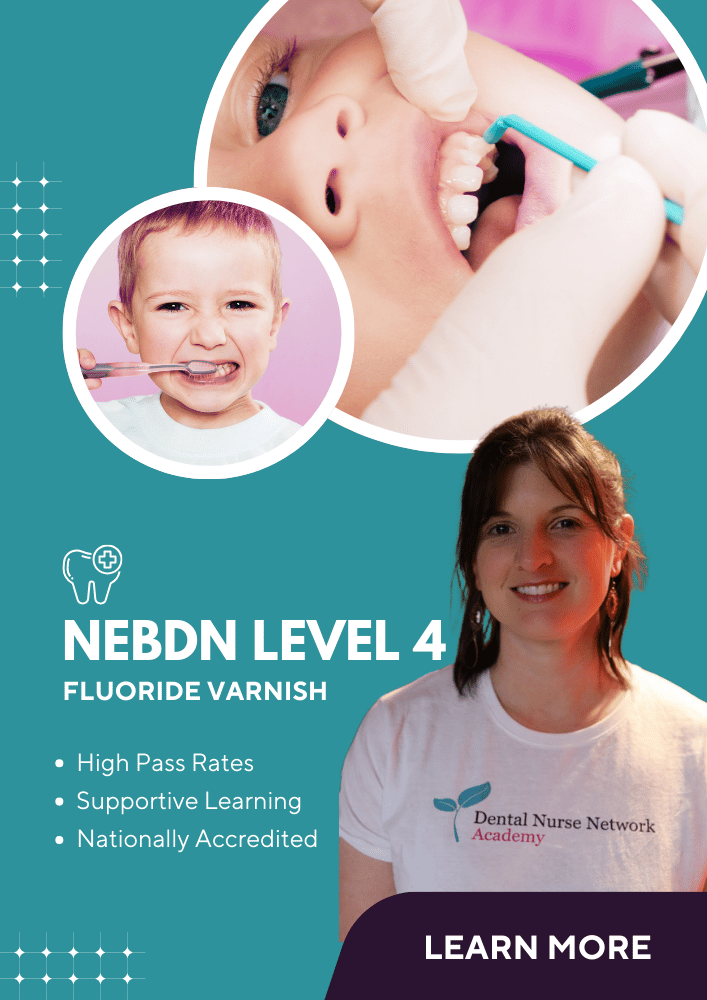- Posts: 209
- Karma: 7
- Thank you received: 10
Vertical condensation
- Assessor
-

- Offline
- Gold Boarder
-

Less
More
13 years 6 months ago #1774
by Assessor
Obturation Techniques:-
-The most commonly used techniques are lateral condensation and vertical compaction using gutta percha.
-Warm gutta percha techniques:-
Thermocompaction technique (McSpadden)
Ultrasonic Compaction technique
Thermoplasticized injection techniques (Obtura and Ultrafil)
Gutta percha carrier systems (Thermafill and SimpliFill)
-The most commonly used techniques are lateral condensation and vertical compaction using gutta percha.
-Warm gutta percha techniques:-
Thermocompaction technique (McSpadden)
Ultrasonic Compaction technique
Thermoplasticized injection techniques (Obtura and Ultrafil)
Gutta percha carrier systems (Thermafill and SimpliFill)
Please Log in or Create an account to join the conversation.
- Assessor
-

- Offline
- Gold Boarder
-

Less
More
- Posts: 209
- Karma: 7
- Thank you received: 10
13 years 6 months ago #1773
by Assessor
Effect of Varying the Depth of Heat Application on the Adaptability of Gutta-Percha During Warm Vertical Compaction
Purchase
References and further reading may be available for this article. To view references and further reading you must purchase this article.
Richard S. Smith DDS, R. Norman Weller DMD, MS, Robert J. Loushine DDS and W. Frank Kimbrough DDS, MS
Dr. Smith is a former postgraduate student, Department of Endodontics, School of Dentistry, Medical College of Georgia, Augusta, GA. He is also currently practicing with the United States Navy, Great Lakes, IL. Dr. Weller is associate professor, chairman; Dr. Loushine is assistant professor and program director, Postgraduate Endodontics; and Dr. Kimbrough is associate professor, Department of Endodontics, School of Dentistry, Medical College of Georgia, Augusta, GA 30912-1244.
Available online 17 December 2005.
The purpose of this study was to compare the adaptability of gutta-percha after varying the depth of heat application in the obturation of a set of standard root canals. A split-tooth model was constructed using a human maxillary central incisor. The root canal was cleaned and shaped using a step-back preparation to a size #60 FlexOFile at the working length (WL). Five shallow depressions were produced on the root canal wall. Twenty obturations without sealer were performed for each technique (thermoplasticized injectable (TI), lateral condensation, and warm vertical compaction (WVC) with heat applications at 3, 4, 5, and 7 mm from the WL). After each obturation the model was separated and the mesial and distal sides of each obturation were examined and videotaped at ×32 magnification. The quality of the obturation was graded based on the replication to the WL, replication of the artificial depressions, surface adaptation, and homogenicity of the gutta-percha. The Kruskal-Wallis analysis and the Student-Newman-Keuls tests indicated that all the techniques were significantly different from each other (p < 0.05) except for the TI group versus the WVC group with the heat application to within 3 mm from the WL (p > 0.05). The TI technique was ranked best followed by the WVC with heat applications at 3, 4, 5, and 7 mm. The lateral condensation technique received the lowest ranking.
Article Outline
MATERIALS AND METHODS
Hope this helps
Purchase
References and further reading may be available for this article. To view references and further reading you must purchase this article.
Richard S. Smith DDS, R. Norman Weller DMD, MS, Robert J. Loushine DDS and W. Frank Kimbrough DDS, MS
Dr. Smith is a former postgraduate student, Department of Endodontics, School of Dentistry, Medical College of Georgia, Augusta, GA. He is also currently practicing with the United States Navy, Great Lakes, IL. Dr. Weller is associate professor, chairman; Dr. Loushine is assistant professor and program director, Postgraduate Endodontics; and Dr. Kimbrough is associate professor, Department of Endodontics, School of Dentistry, Medical College of Georgia, Augusta, GA 30912-1244.
Available online 17 December 2005.
The purpose of this study was to compare the adaptability of gutta-percha after varying the depth of heat application in the obturation of a set of standard root canals. A split-tooth model was constructed using a human maxillary central incisor. The root canal was cleaned and shaped using a step-back preparation to a size #60 FlexOFile at the working length (WL). Five shallow depressions were produced on the root canal wall. Twenty obturations without sealer were performed for each technique (thermoplasticized injectable (TI), lateral condensation, and warm vertical compaction (WVC) with heat applications at 3, 4, 5, and 7 mm from the WL). After each obturation the model was separated and the mesial and distal sides of each obturation were examined and videotaped at ×32 magnification. The quality of the obturation was graded based on the replication to the WL, replication of the artificial depressions, surface adaptation, and homogenicity of the gutta-percha. The Kruskal-Wallis analysis and the Student-Newman-Keuls tests indicated that all the techniques were significantly different from each other (p < 0.05) except for the TI group versus the WVC group with the heat application to within 3 mm from the WL (p > 0.05). The TI technique was ranked best followed by the WVC with heat applications at 3, 4, 5, and 7 mm. The lateral condensation technique received the lowest ranking.
Article Outline
MATERIALS AND METHODS
Hope this helps
Please Log in or Create an account to join the conversation.
- ksist
-
 Topic Author
Topic Author
- Offline
- Fresh Boarder
-

Less
More
- Posts: 5
- Thank you received: 0
13 years 6 months ago #1772
by ksist
Hi all, can anyone explain the procedure in vertical condensation? Lateral is all I know but can't seem to find any in depth info on vertical obturation in the Levison etc? Many thanks
Please Log in or Create an account to join the conversation.
Moderators: DNN
Reviews
Copyright © 2025 Dental Nurse Network. All Rights Reserved.



